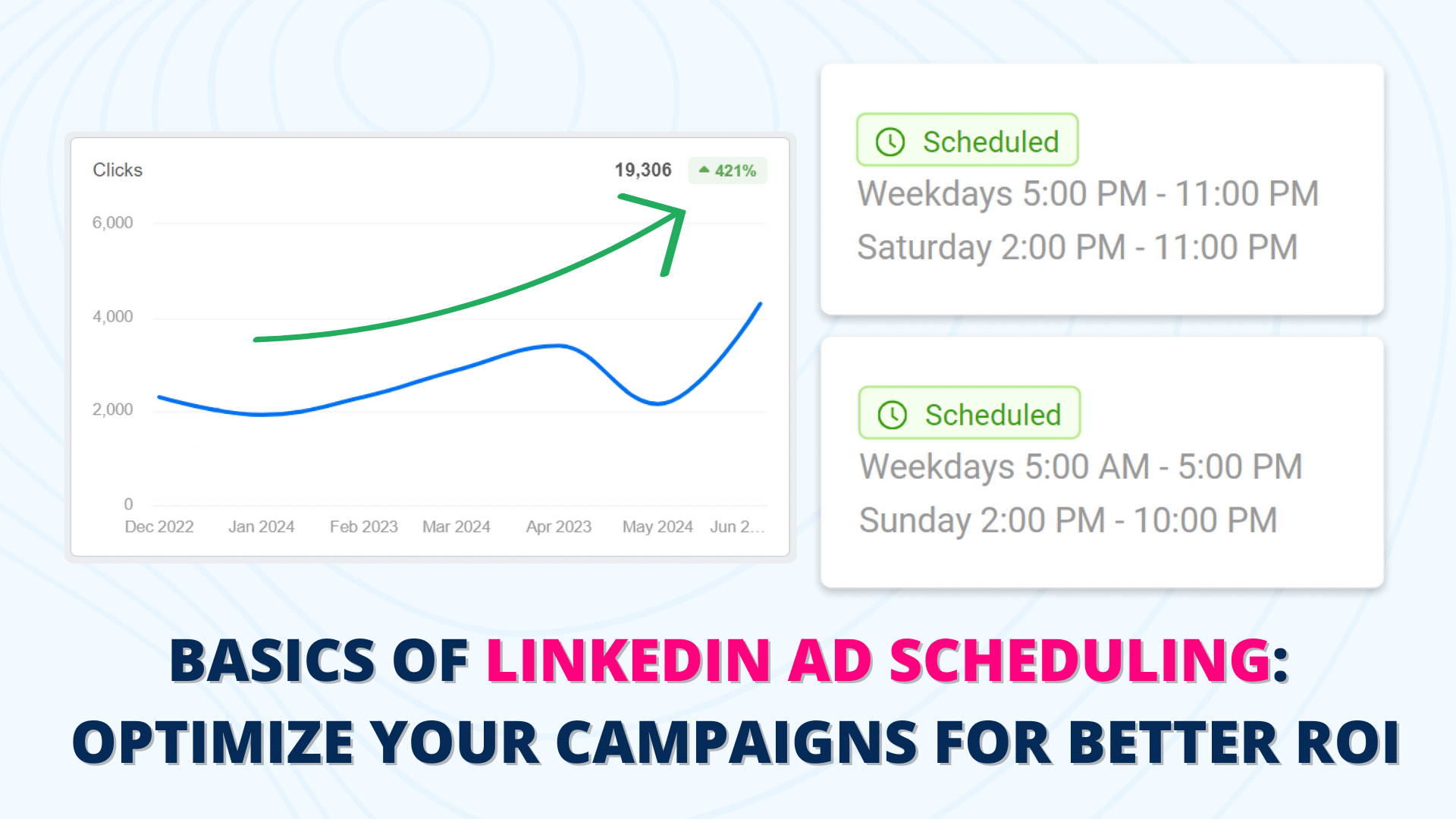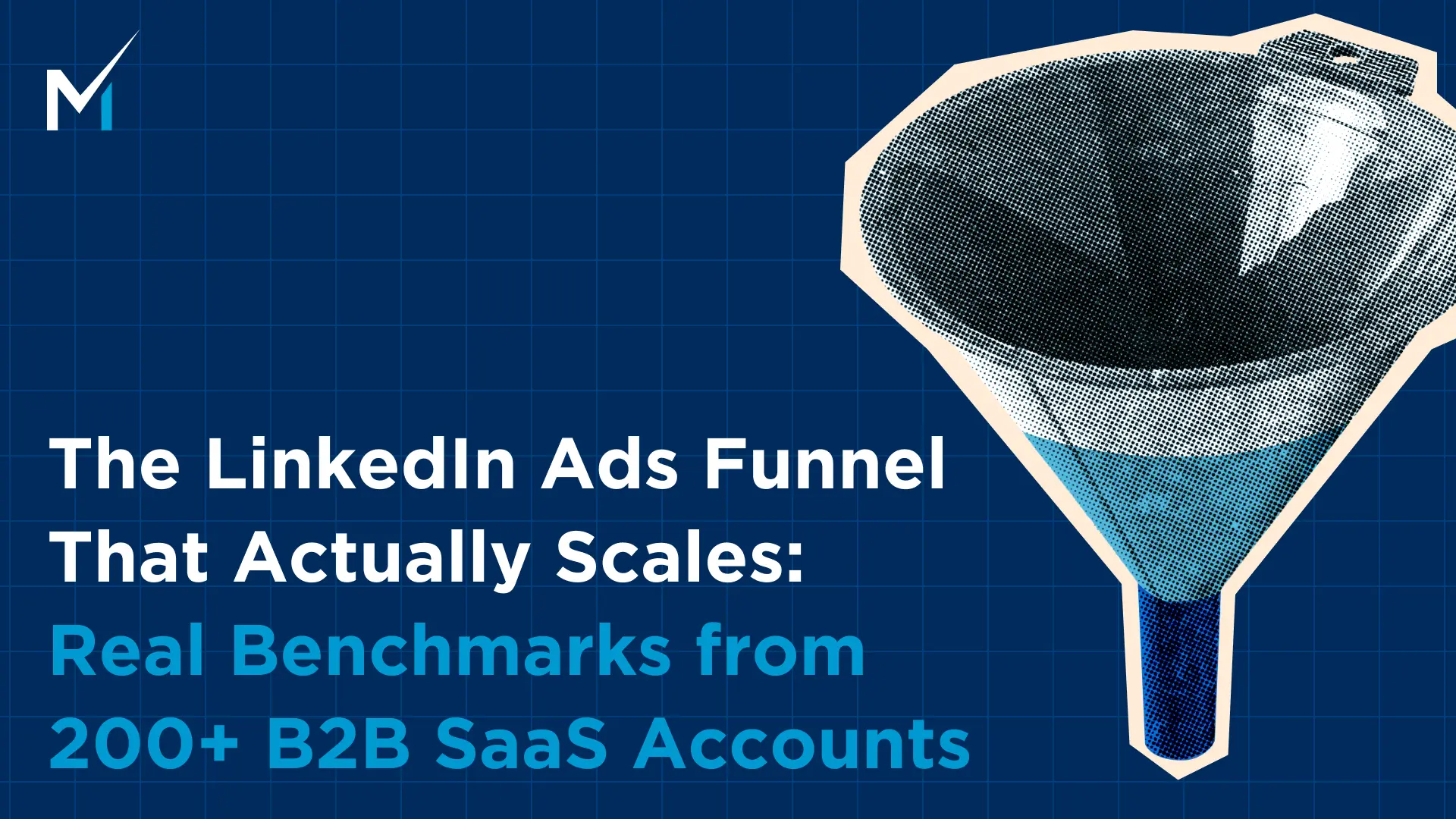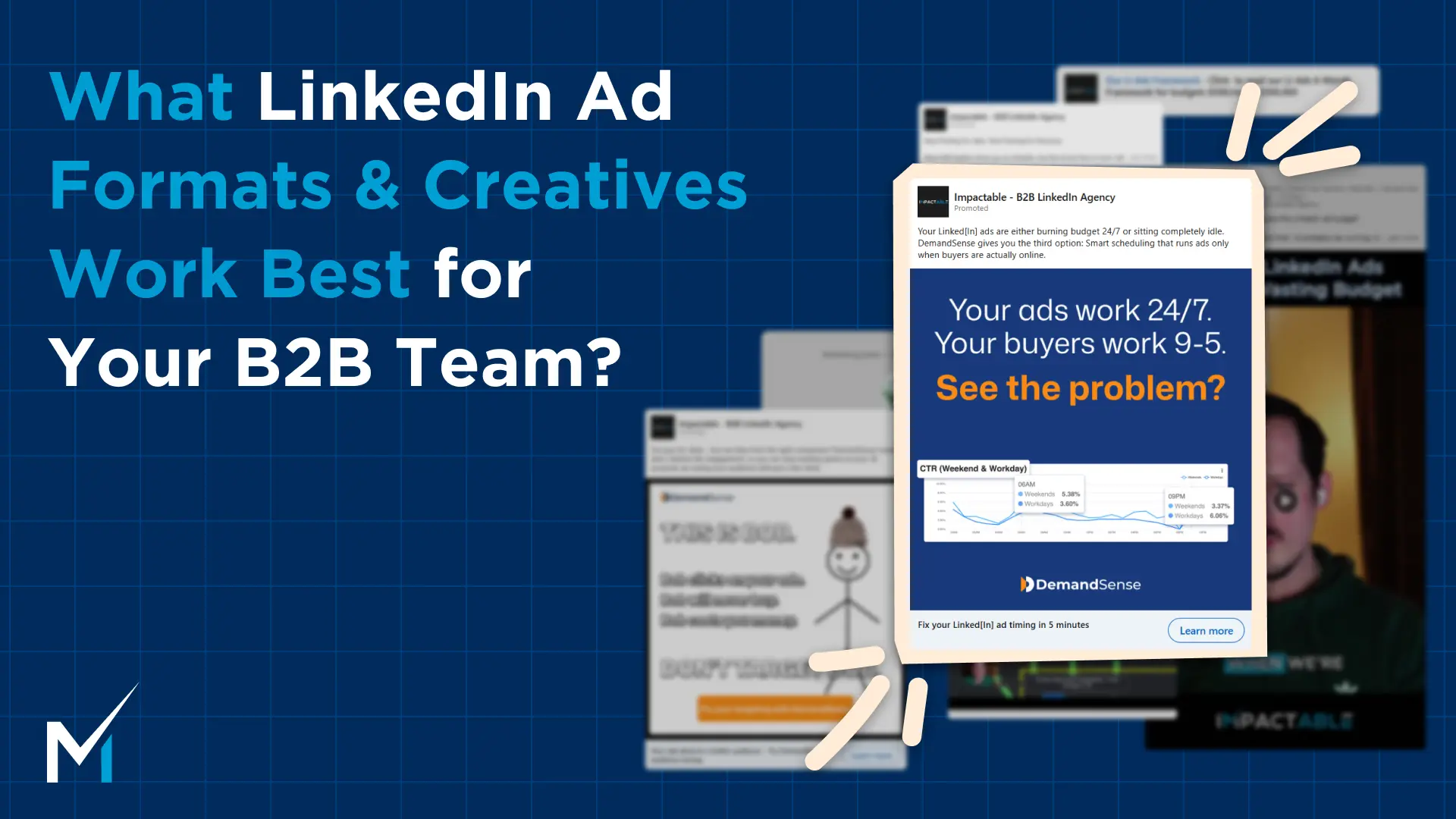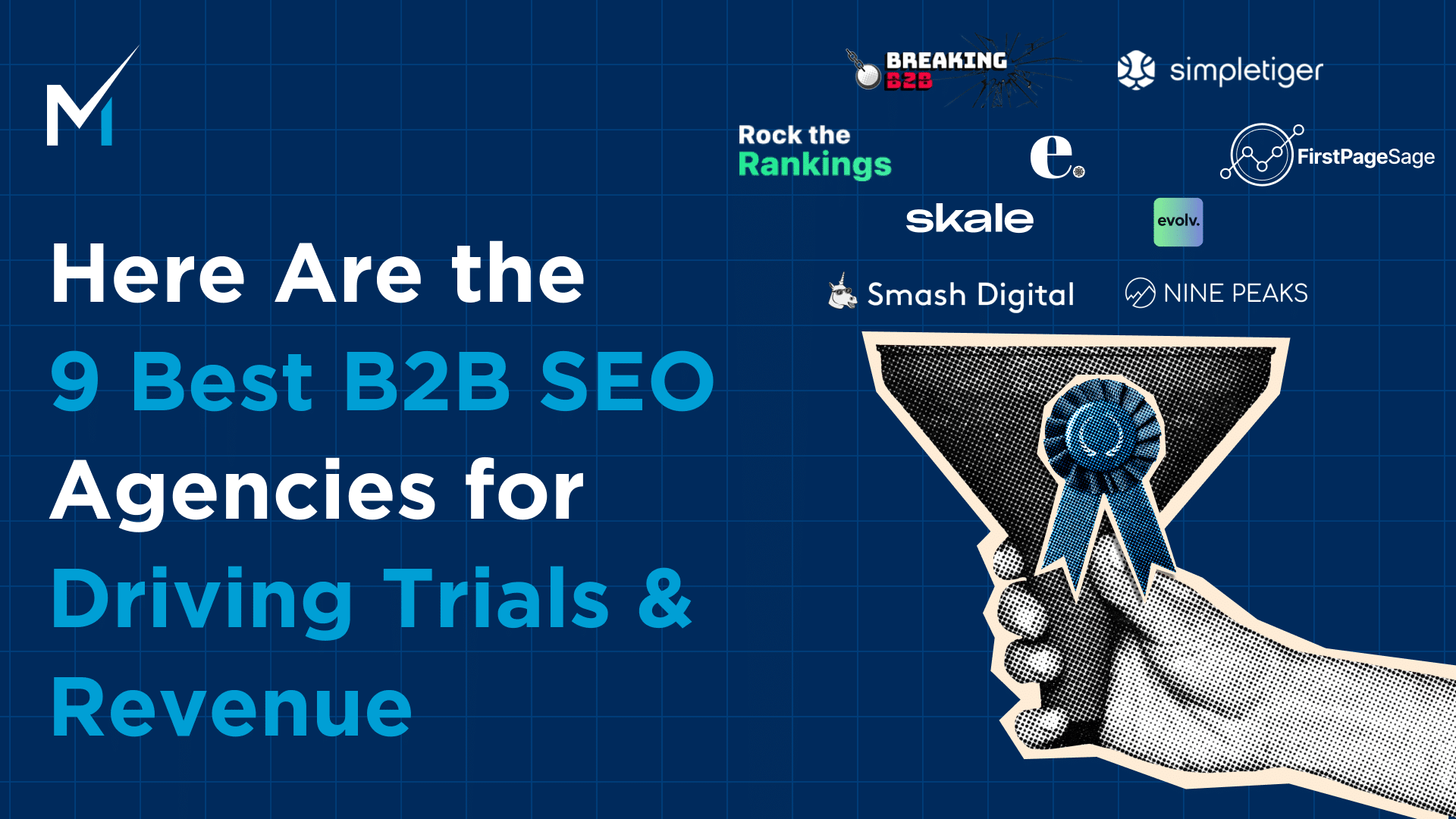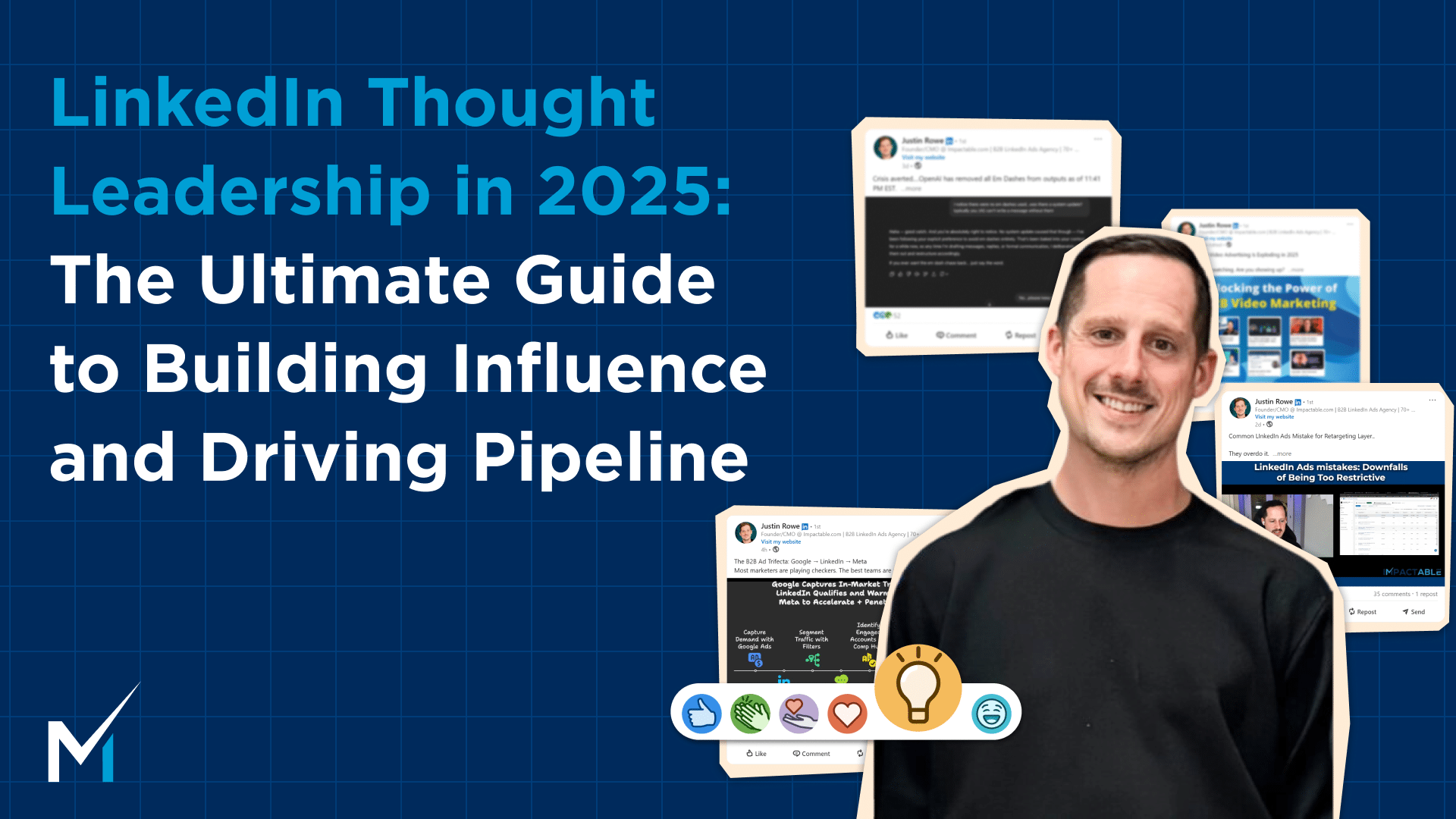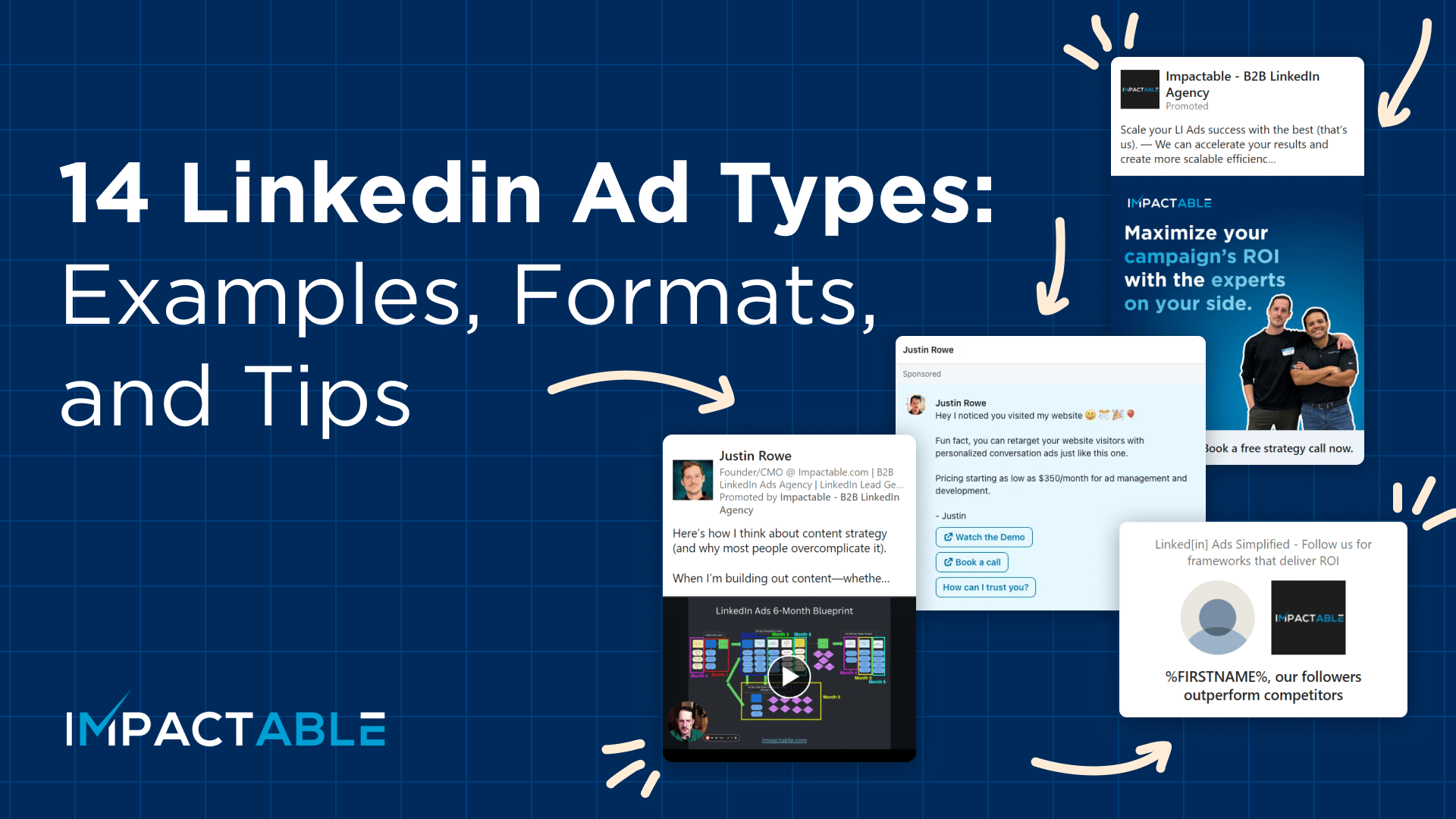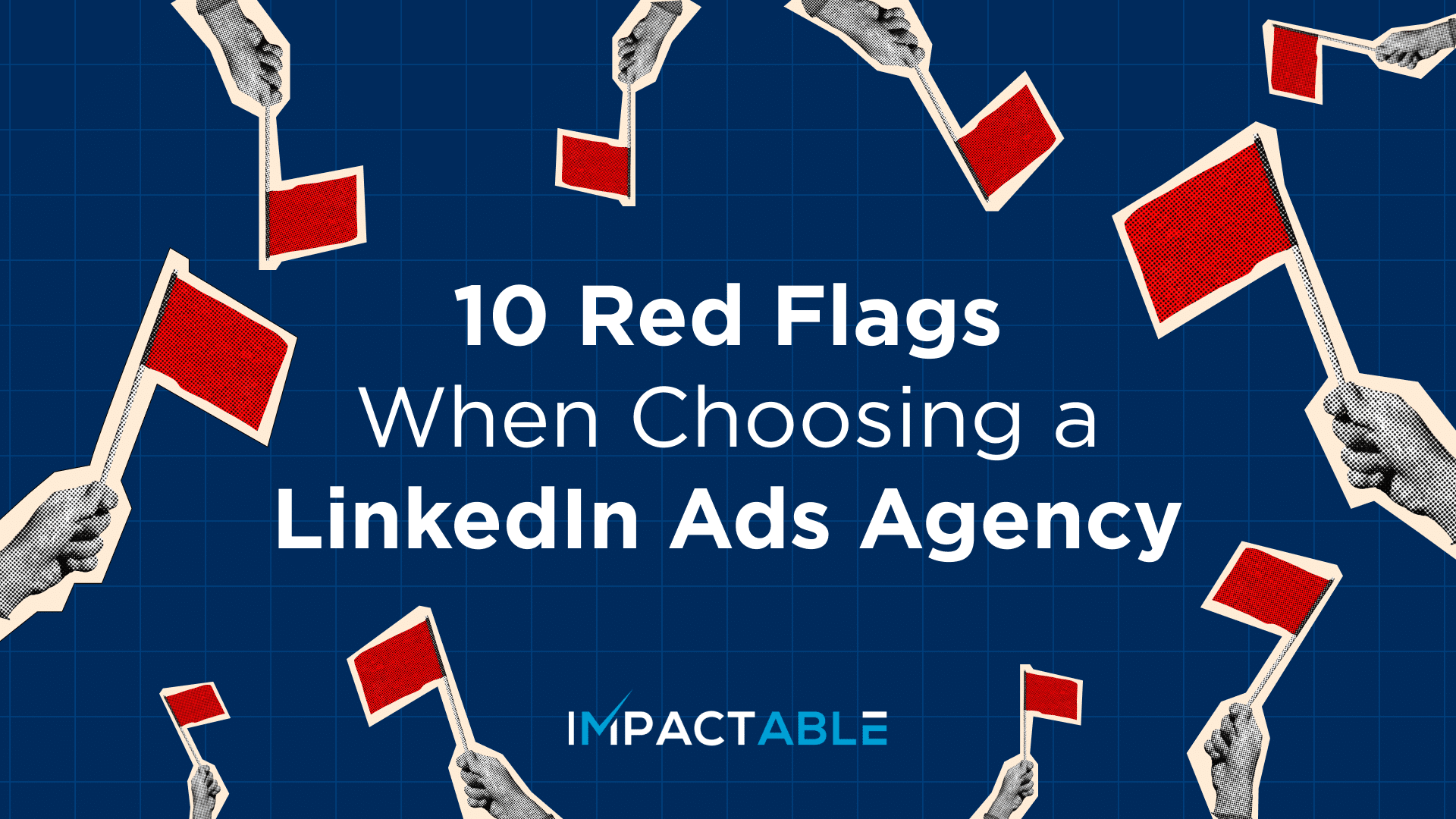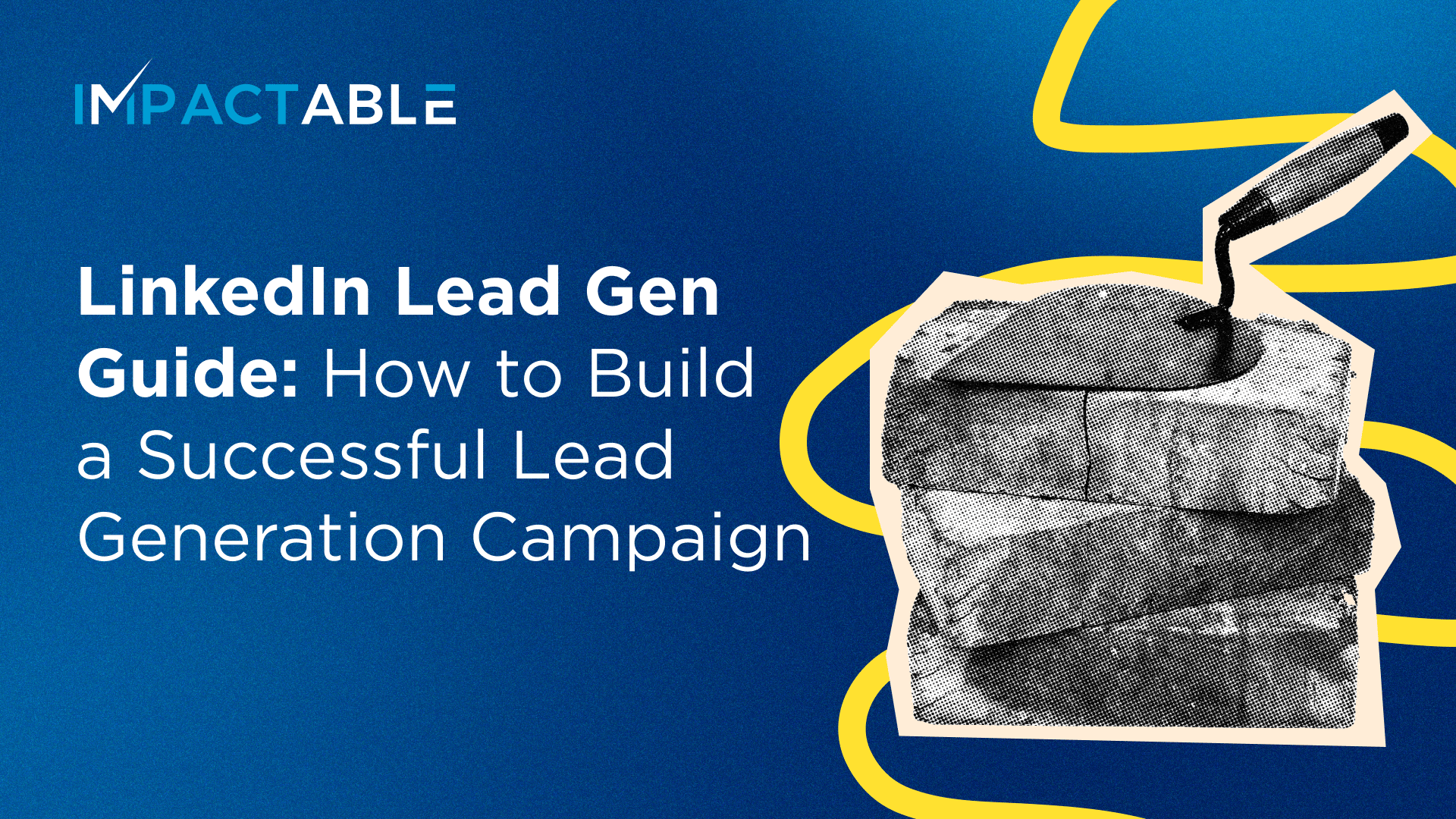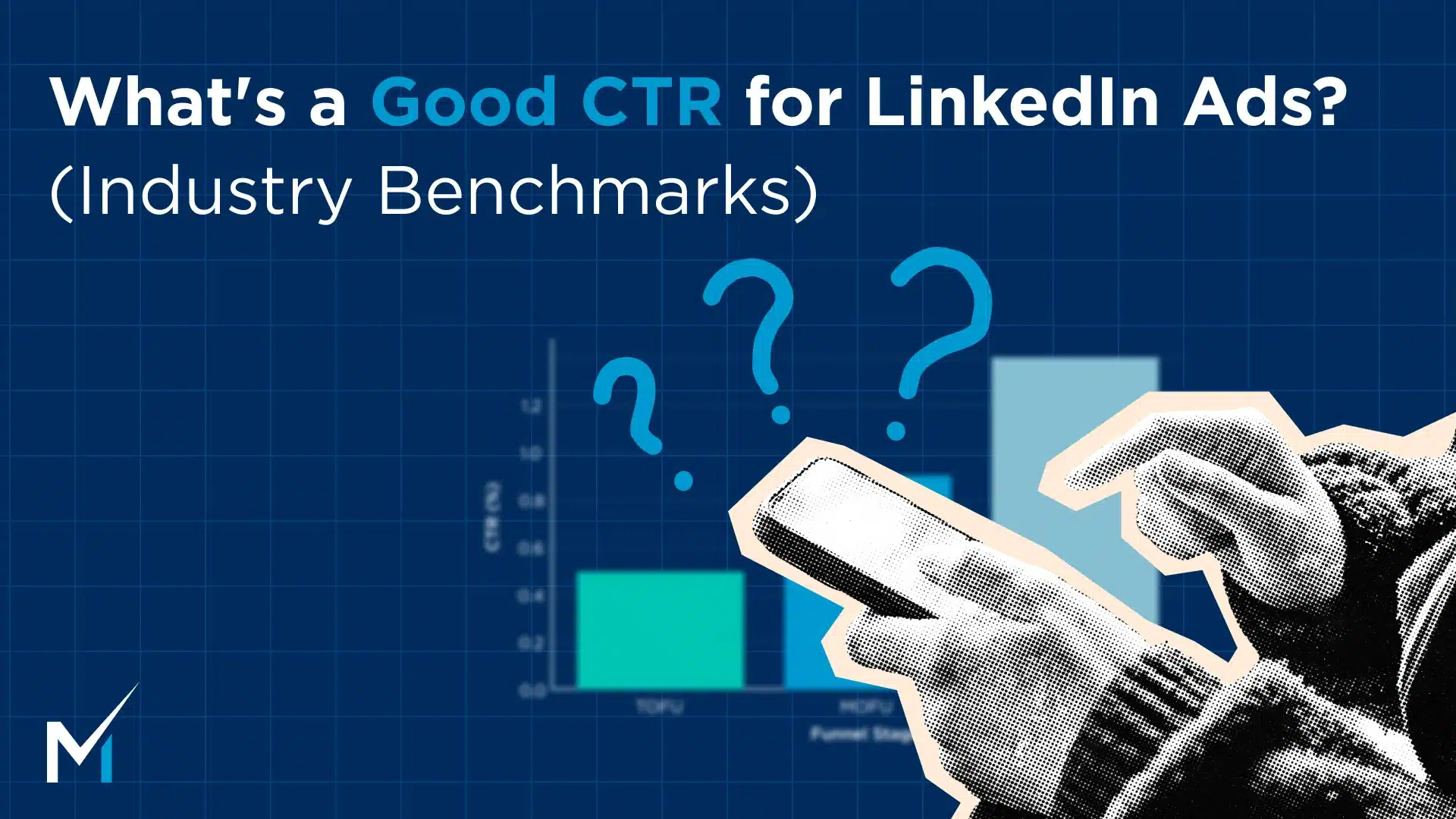LinkedIn ad scheduling can be a very effective way for brands to maximize the reach and impact of their ads. By strategically choosing the running time for their ads, they can increase the likelihood that potential customers will engage with their campaign and ultimately make a purchase.
For example, you must have seen that morning TV shows often run ads for breakfast cereals, and the evening news is often interrupted by food-delivery ads. By showing the right ad to the right audience at the right time, brands increase the chances of their marketing message resulting in sales. It also allows them to refrain from showing ads when they are unlikely to perform as intended, which, in turn, helps them make the most of their ad spend. Ad dayparting can be a game-changer for SMEs with limited budgets in creating brand awareness and driving sales without burning a hole in your pocket.
Currently, LinkedIn only allows you to turn ads on/off, but you cannot schedule ads to specify what days and times they will run. This is a huge drawback as it leads to your ads being seen by either the wrong audience or by the right audience when they aren’t appropriately engaged.
After playing around with the ad scheduling features of DemandSense, I have decided to share my insights and recommendations in this post. If you are among the 75% of B2B marketers using sponsored content on LinkedIn who stand to benefit from ad scheduling, here’s a quick guide on how to increase the effectiveness of your campaigns.
Table of contents
1. Run Your Ads during a More Conversion-Friendly Time
With LinkedIn ad dayparting, you can boost the performance of your ads by showing them at times when they are most likely to yield results.
For example, you’re running lead generation campaigns for enterprise software. Through hourly reporting analysis, you discover that your cost per click is lowest and engagement rates are highest during mid-morning hours (9:00 AM to 11:00 AM) when business decision-makers are reviewing their strategic initiatives.
Alternatively, suppose you’re promoting B2B consulting services – your data shows that running ads between 10 PM and 3 AM is wasteful since it’s outside of business hours when your target audience isn’t actively engaging with professional content. By scheduling your ads during optimal business hours, you ensure your budget is spent when your B2B audience is most likely to engage with your content.
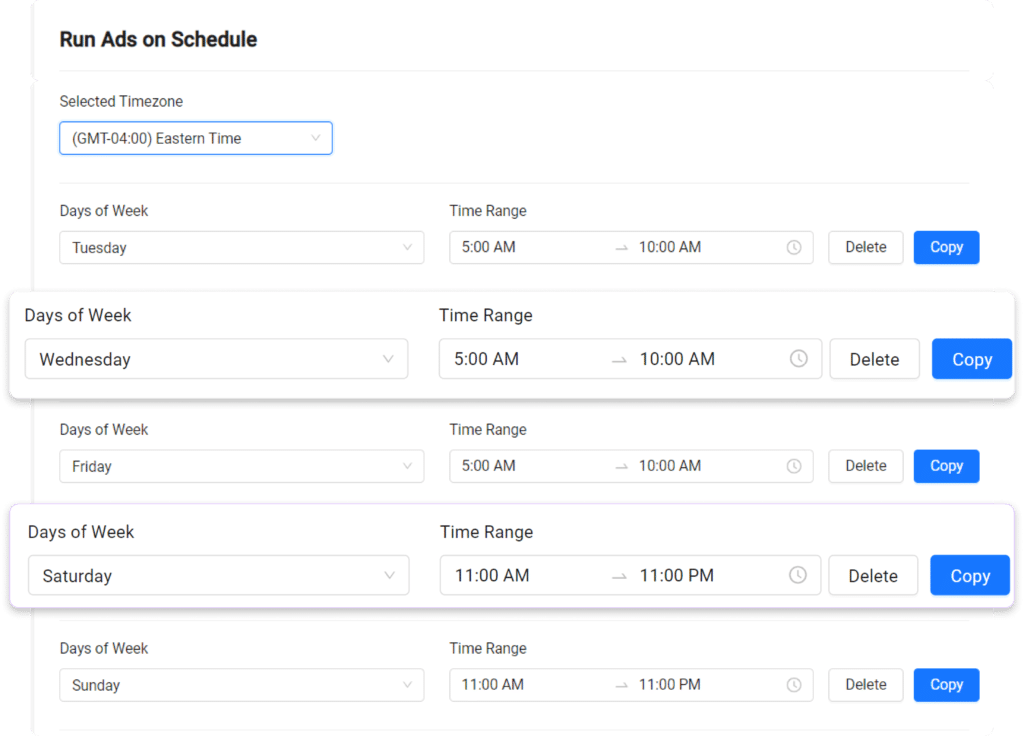
2. Rotate Your Ads to Maximize Ad Spend
Rotating ads can help prevent audience fatigue by ensuring that potential customers see different versions of the same message, thereby improving the overall performance of your ad campaign. It can also help you track the performance of individual ads and identify which ads are performing well and which are not.
If you are running multiple campaigns, you can easily rotate ads within each campaign by setting up Ad Groups (Hint: Ad groups are a collection of smaller, more specific groups based on parameters like target audience, ad type, industry, or product category). You can then toggle the settings to mention how often the ads within each Ad Group should be shown.
One of the things I like about ad scheduling is that it can be used in conjunction with rotating ads. The former allows you to specify the times during the day or week when your ads should be shown, whereas the latter allows you to control how often the ads within each Ad Group are shown. By combining the two, you can create a comprehensive campaign tailored to your specific goals and optimized for maximum effectiveness. For example, while managing ten ad campaigns for a client, I rotated the ads so that one Ad Group ran on Monday, Wednesday, and Friday, and the other ran on Tuesday, Thursday, and Saturday.
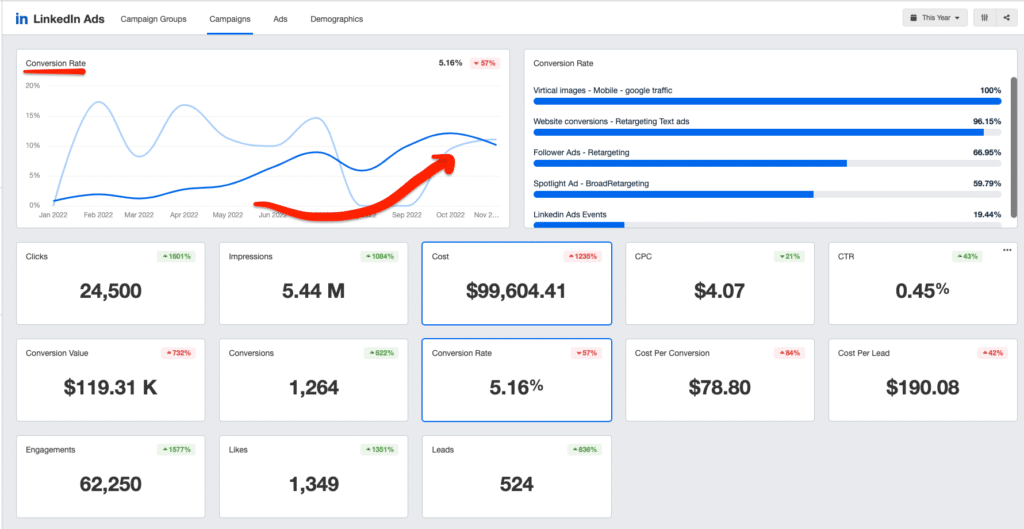
Here, it’s important to note that the lowest bid you can place for a LinkedIn ad (that runs non-stop!) is $10, and with multiple campaigns, you are likely to run up the costs. Rotating my ads introduced me to a clever loophole: I could expose the same group of prospects to more ads for the same amount. So, for $10, I went back and forth between the campaigns to show them multiple ads for the price of one. Ultimately, this increased conversions, which meant more ‘booked calls’ for the client.
What Is the Best Day to Run Ads? Notes and Recommendations
The best time to run ads depends on a variety of factors, including the campaign objective, the target audience, and the ad type.
In my experience, Monday is not a great day to run ads, and the probability of you ending up with substandard results is high. However, whenever Monday is unavoidable, 1:00 PM to 3:00 PM works best and has been a high-performing time for us. So, my core set of ads runs Monday-Friday or Tuesday-Friday during working hours from 9 AM to 5 PM. I let some of my campaigns run till 11 PM based on the assumption that a reasonable chunk of people like browsing LinkedIn before bed.
Most of my campaigns are paused for the weekend, but I do make exceptions, especially for retargeting ads. Sometimes, I turn off my cold campaigns and just run ads that lightly nurture people navigating the sales funnel. The hours are adjusted accordingly. For example, 2:00 PM to 11:00 PM on Saturdays is ideal, whereas, for Sundays, I prefer winding down an hour earlier and sticking to the 2:00 PM to 10:00 PM slot. By Sunday evening, people start creating a mental outline of their coming week and are in the mood to receive product recommendations to better their lives. For example, if I have a demo scheduled for Monday, I will be more inclined to engage with an ad about presentation tools.

Conclusion
By planning and organizing the times your LinkedIn ads are shown, brands and advertisers everywhere can drive meaningful conversions and improve the ROI. Ad scheduling, when used alongside traditional marketing practices, makes this easier, especially when you have DemandSense.
We hope this post not only helped further the case for ad scheduling but also served as a quick 101 guide for anyone looking to improve their campaign effectiveness.
To know more, schedule a demo with an Impactable representative today or check out DemandSense the LinkedIn ad scheduling tool.


